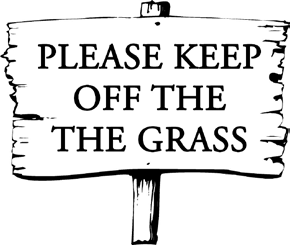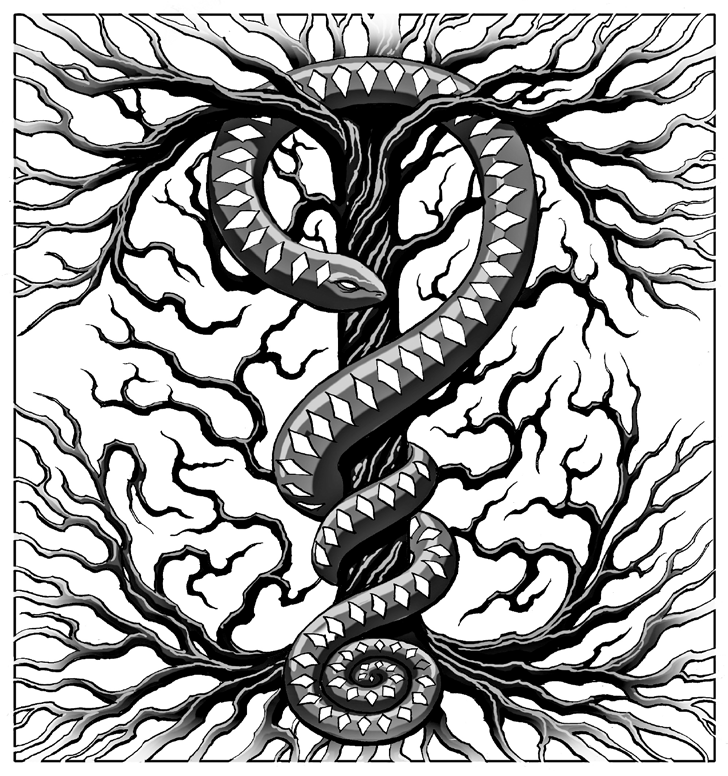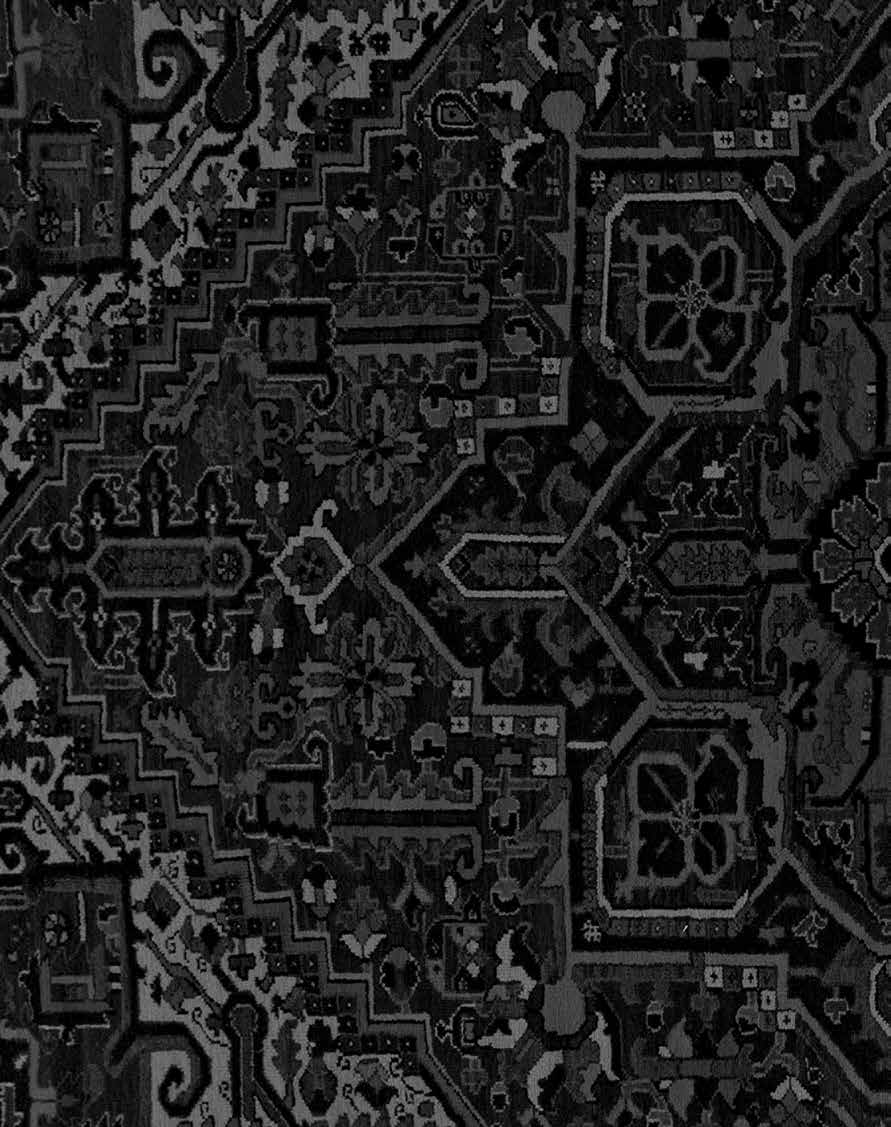“Within the covers of the Bible are the answers for all the problems men face,” gushes Ronald Reagan’s tie-dye-clad ghost. Utterly contrite in the afterlife about escalating the diabolical “War on Drugs,” the former U.S. President has been reading Danny Nemu’s Neuro-Apocalypse (2016). Nancy stretches through a haze of patchouli and passes Ronald back a pipe of 5-MeO-DMT: an intense, short-acting tryptamine extracted from the glands of the Colorado River toad.
For all their posthumous psychedelic evangelism, however, the Reagans haven’t read Danny’s theological insights carefully enough. “It categorically does not say anywhere in any version of the Bible that drugs are prohibited,” says Danny, “but there’s one exception: toads aren’t kosher.” If you want to enjoy their venom with Talmudic best-practice, check it’s been chemically synthesised.
“People read what they want into the Bible, like in life.” The Good Book has been exploited by a vast array of different groups to justify totally clashing worldviews, like revolution and slavery. But if it doesn’t censure drugs, what’s caused the widespread assumption that drug use is a religious sin? And why are people finding things in the text that aren’t there?
Danny explains that the earliest biblical text, the Yahwist (around 10th century BC), has only one prohibition: don’t eat blood. As the centuries roll by, utopian permissiveness is buried under a crosshatching of time-sensitive rules. A competing text, the Elohist, introduces a zest for banning things. “The commandment, ‘Thou shalt not covet’ is really interesting. The Hammurabi Code of Babylon prohibits behaviours, but this is the very first law in the western tradition against thinking: the earliest example of authoritarian mind control.” From here on, local civil law starts creeping into the Bible, and has bled into our sense of morality ever since.

“We see what we want to see. Look at this sign. If you haven’t had your own miniapocalypse yet, trace your fingers over the letters.” As well as finding non-existent justifications for drug prohibition in the Bible, nearly everybody is blind to its “tasty stash of psychoactives.”
One thrillingly obvious example is the hoard of drugs hidden in plain sight in Jesus’ crown of thorns. According to Xian writings, it’s made from Acacia, which “boasts the highest concentration of DMT of any plant in the region, as well as other psychedelic tryptamines including the ‘spatial hallucinogen’ NMT. A simple alcohol extraction yields mind-blowing crystals!”
The hallucinogen-rich wood pops up throughout the Old Testament too: think Noah’s Ark and the Ark of the Covenant. Other drugs that Danny identifies include olde psychoactive substances like myrrh and frankincense, and early antecedents of cocaine, cannabis, MDMA, and possibly LSD. Despite our learnt inability to see them, they’re all present in word form.
The Old Testament is packed with indigenous and imported psychoactives: “Many of the drugs in the Bible work on the opioid system, like myrrh, which was brought from the East by the three wise men. This extraordinary resin was expensive enough to justify a six month, 1,500-mile camel trek across robber-infested deserts. Frankincense, the Bible’s answer to Valium, works on the GABA receptors, as does saffron, which was expressly permitted by Islamic tradition.”
Every tribe bordering the Holy Land has records of using cannabis, and there’s a suspiciously similar-sounding substance in the Song of Songs, called kaneh-bosem. Kaneh means “cane” and bosem means “fragrant” or “resinous.” There’s irrefutable archeological evidence of cannabis’ presence in the area: Ramses II was found with pollen on his mummy. “The substances we’ve found on the mummies are mindboggling. There’s nothing about coca or opium in the Bible, but there’s coca in their hair, all the way from South America.”
“We don’t have examples of normal Israelites getting high, but we don’t have examples of normal Israelites doing anything.” Sometimes context and text combine to give us the most valuable indicators of which local substances were integrated into religious life. “In Genesis, Rachel and Leah bargain over mandrakes. They use the local dialect, calling them dudai (“beloved one”). Small doses can be euphoric, but larger amounts can result in “terrifying sexy dreams,” according to contemporary trip reports, and beyond that “muco-dysenteric bloody discharges.”
Situating the Bible’s dictates within their historical context is a very healthy process.
It encourages us to take them with a pinch of salt (or something stronger). It’s high time we started developing a similarly increasingly intelligent relationship to our global drug laws.




